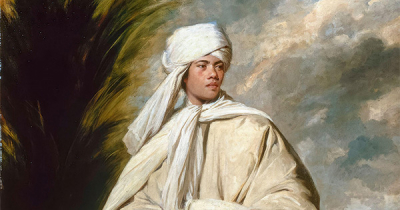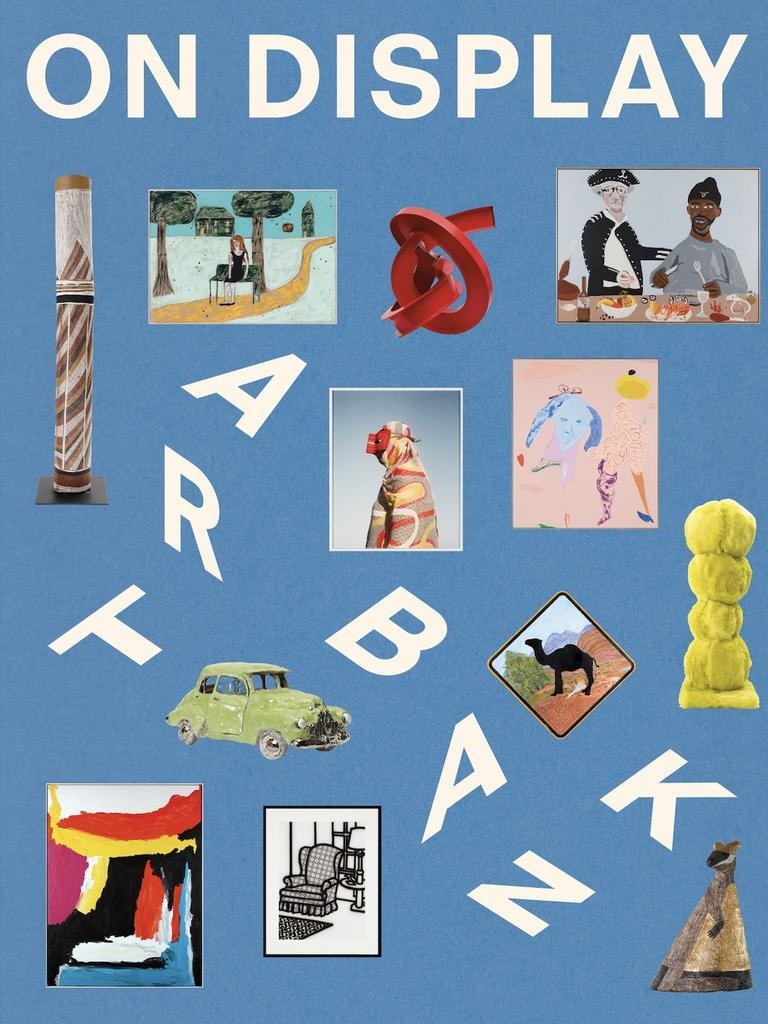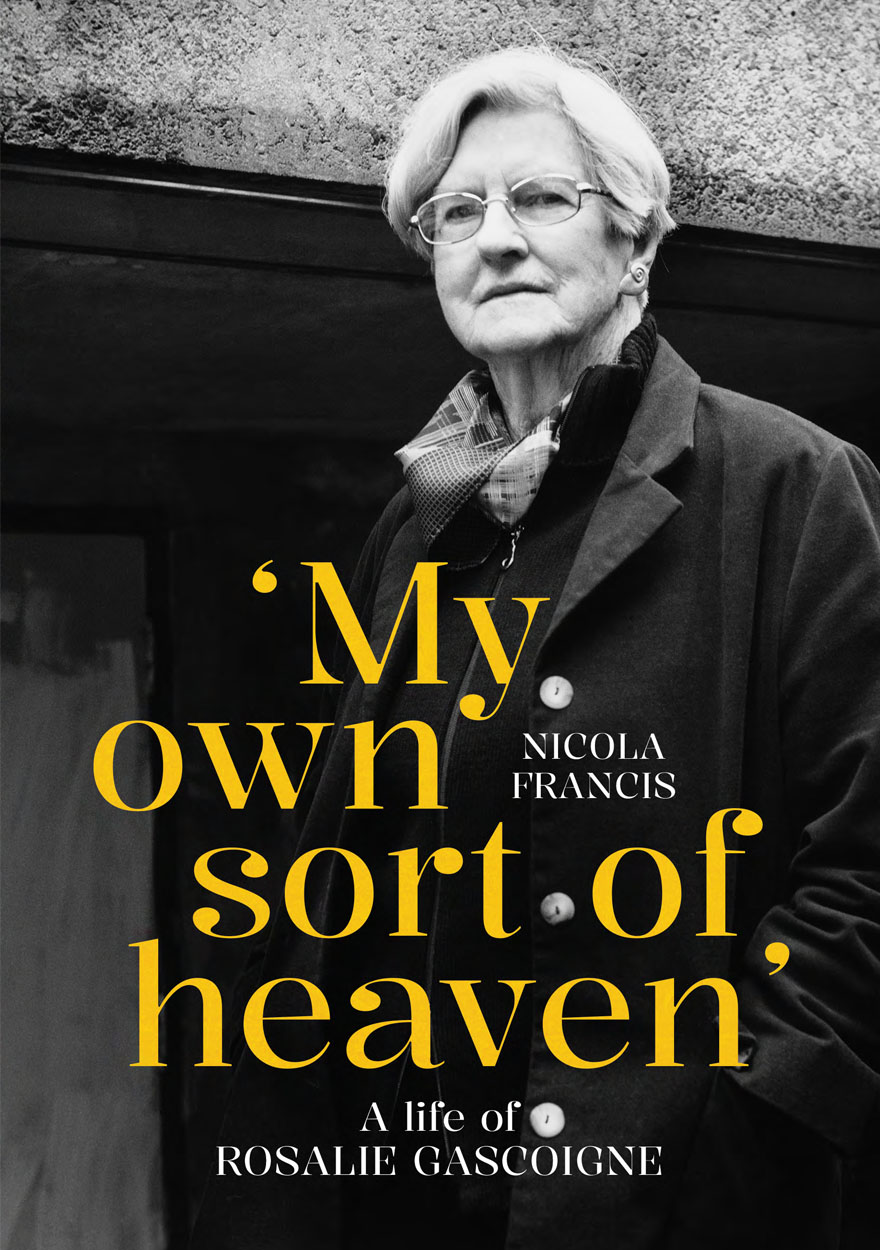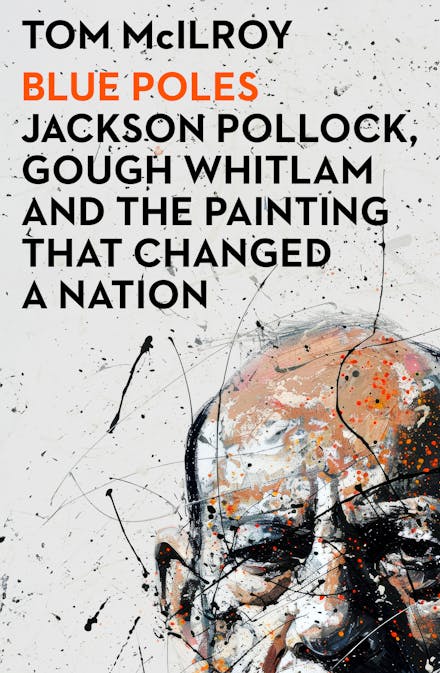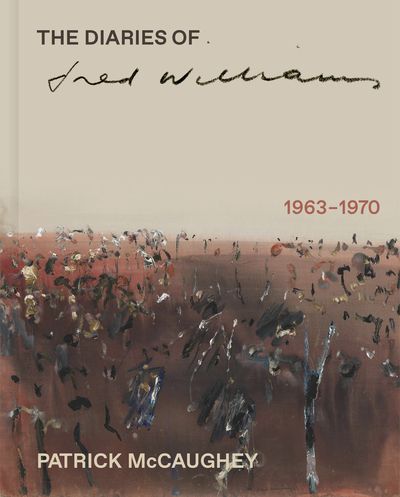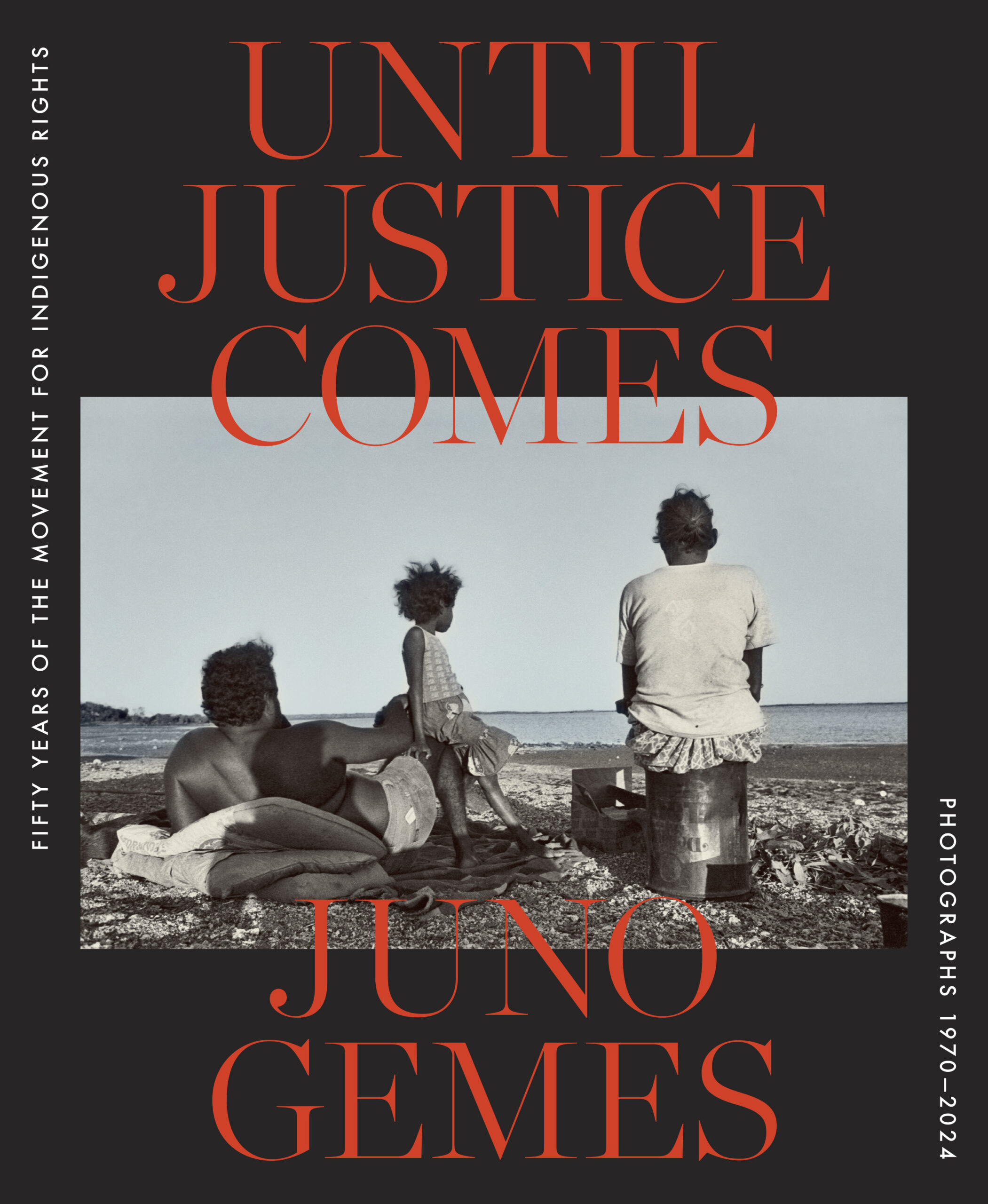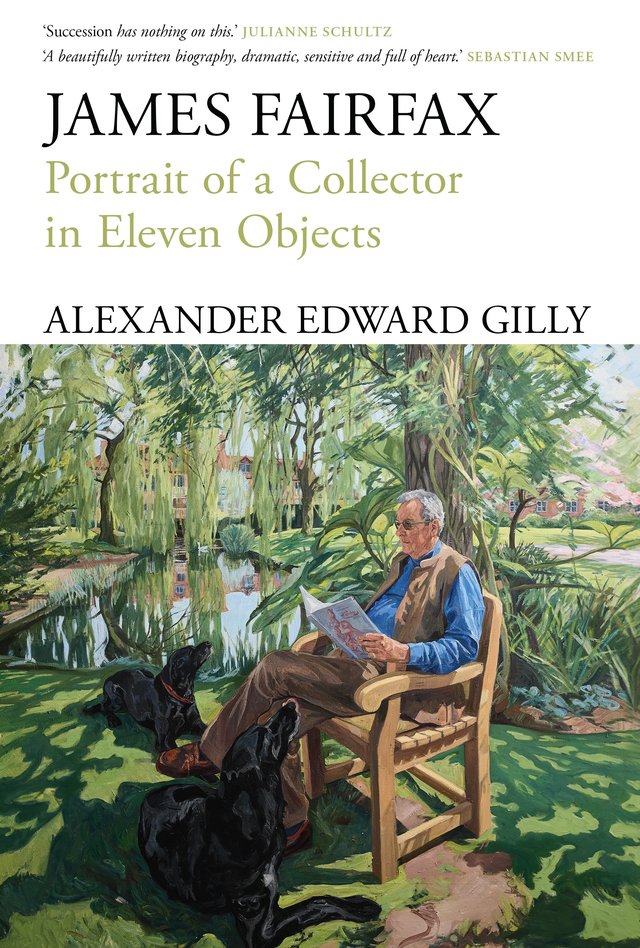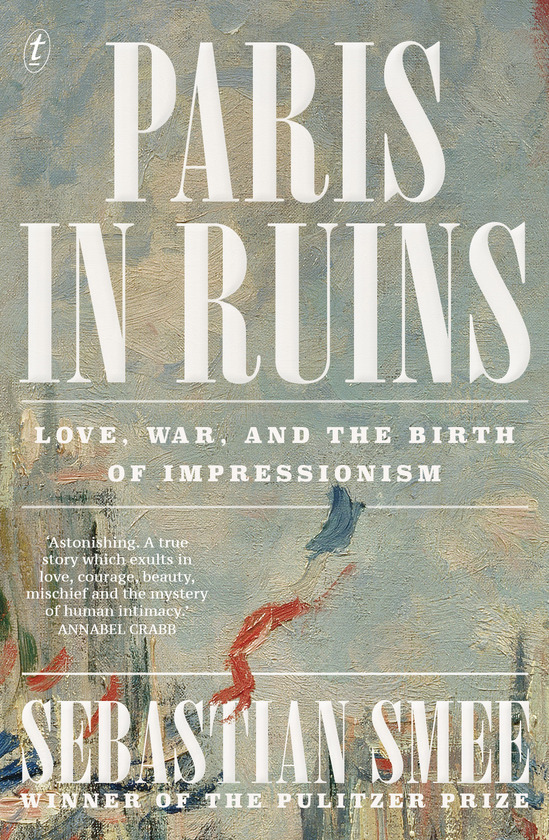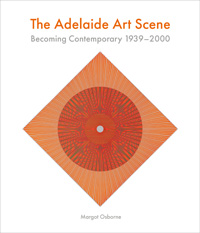Art
This week, on The ABR Podcast, we feature Kate Fullagar’s essay ‘Questions for Mai: Joshua Reynolds’s portrait and the memory of Empire’. Fullagar delves into the history behind Joshua Reynold’s famous portrait of Mai, the first Pacific Islander to visit Britain.
... (read more)Zoom in. The most unusual detail in this painting is the left hand, with tattooed dots carefully spaced across its back and knuckles. The fingers themselves are poorly done. The thumb and pointer are folded into the figure’s thick cloth folds, but the other three digits lie on the material like tapered slugs. Today they might be held up as evidence of AI image generation – bad hands are the quickest tell. In the eighteenth century, to the initiated, bad hands were a sign that the work came from the studio of Sir Joshua Reynolds.
... (read more)On Display: The story of Artbank, Australia’s most visible collection by Laura Couttie
This handsome book is a strange beast: half official report, half pitch to potential clients, half lavishly illustrated history of four decades of collecting Australian art. Clearly, this does not add up. Which is a pity, because Artbank is important to the current visibility, and popular success, of contemporary art in Australia.
... (read more)My Own Sort of Heaven: A life of Rosalie Gascoigne by Nicola Francis
Rosalie Gascoigne seems exemplary of the popular fable of the late-blooming woman artist. Famously, her first exhibition was in 1974, when she was fifty-seven. This swiftly led to national recognition, then international exposure at the 1982 Venice Biennale. So this is a story for the times. But the achievement of Nicola Francis, the artist’s biographer, is to unpack how, in Gascoigne’s case, artistic success in later life was the result of long, careful training in two other creative pursuits: flower arranging, as taught by the English authority Constance Spry; then, crucially, training and a thriving career in the most radical form of ikebana, the Japanese art of flower arrangement, through the Sogetsu School popularised in Australia by Norman Sparnon.
... (read more)Blue Poles: Jackson Pollock, Gough Whitlam and the painting that changed a nation by Tom McIlroy
This book is welcome. The purchase of Blue Poles, the most expensive American painting ever bought by an Australian gallery – for more than US$2 million in 1973 – brought into focus a range of Australian cultural and political attitudes of the 1970s. But what are we to make of the subtitle? Was Blue Poles really ‘the painting that changed a nation’?
... (read more)The Diaries of Fred Williams, 1963-1970 edited by Patrick McCaughey with John Timlin
The diaries of Fred Williams (1927-82) invite the inevitable, unfair, but instructive comparison with those of Donald Friend; unlike the latter, they are not a masterpiece of witty and incisive prose, filled with insightful and indiscreet comments about contemporaries, the life of the artist, and the social and cultural world of the author’s time. They are plainly written observations on the day-to-day life of a hard-working painter, with an emphasis on the practical; it would be wrong to describe them as modest or self-effacing, for manifestly they were not written with any thought of publication. Friend, steeped in the culture of past centuries, was well aware of composing a literary work like the great diarists of earlier generations; Williams was jotting down, especially at the outset, largely professional notes in a standard page-to-a-day business diary.
... (read more)Until Justice Comes by Juno Gemes & Imagining a Real Australia by Stephen Zagala
Photography finds itself at yet another crossroads. In an era of artificial intelligence, the photograph’s role as a document of evidence has again come under the spotlight. Entering this disruptive space are two new documentary photography books: Juno Gemes’s Until Justice Comes: Fifty years of the movement for Indigenous rights. Photographs 1970-2024 and Stephen Zagala’s Imagining a Real Australia: The documentary style 1950-1980. The focus of these books is vastly different. Gemes offers a contemporary history of Australia, whereas Zagala is more concerned with the documentary genre. Their existence affirms that, while the truthfulness of photography may be contested, as it has been since the medium’s nascent years, the intrinsic value of documentary photography remains undiminished. In fact, at this juncture, documentary photography may prove even more important as we grapple with notions of what is ‘real’.
... (read more)James Fairfax: Portrait of a collector in eleven objects by Alexander Edward Gilly
At the beginning of Hamlet (Act I, sc. 3, 177 ff.), Laertes warns Ophelia against becoming too attached to the young prince.
... (read more)Paris in Ruins: Love, war, and the birth of Impressionism by Sebastian Smee
No movement in the history of art is so beloved as that which we label ‘Impressionism’, and no artists’ names are as familiar as those of its stars: Manet and Monet, Pissarro and Morisot, Degas and Renoir. But why did Impressionism blossom at a particular moment in Paris and in that form? Sebastian Smee’s brilliant new book offers compelling answers.
... (read more)The Adelaide Art Scene by Margot Osborne & AGSA 500 edited by Rhana Devenport
Studies of ‘regional modernisms’ have frequently framed the non-metropolitan in strictly Northern Hemisphere terms, construing London or New York as centres of innovation, and cities and towns further afield – but still in the same country or region as those art-world capitals – as the belated adopters of phenomena that are often perceived as the province of metropolitan actors and audiences. Margot Osborne’s monumental volume The Adelaide Art Scene: Becoming contemporary 1939-2000 tells a far more complex story of modernism’s reach, impact, and legacies in twentieth-century art practice. In forensic detail, Osborne and her contributors explore the ways in which modernism’s significance was expressed in and affected a city that found itself both connected to and rival with Sydney and Melbourne, as well as with the established international centres. Whether through the training or travel of artists who called South Australia home at one point or another in their lives, Adelaide has been an important node in those movements for longer than many might imagine.
... (read more)


